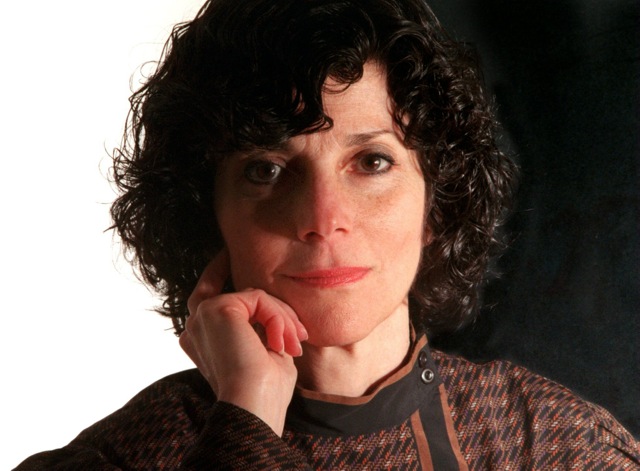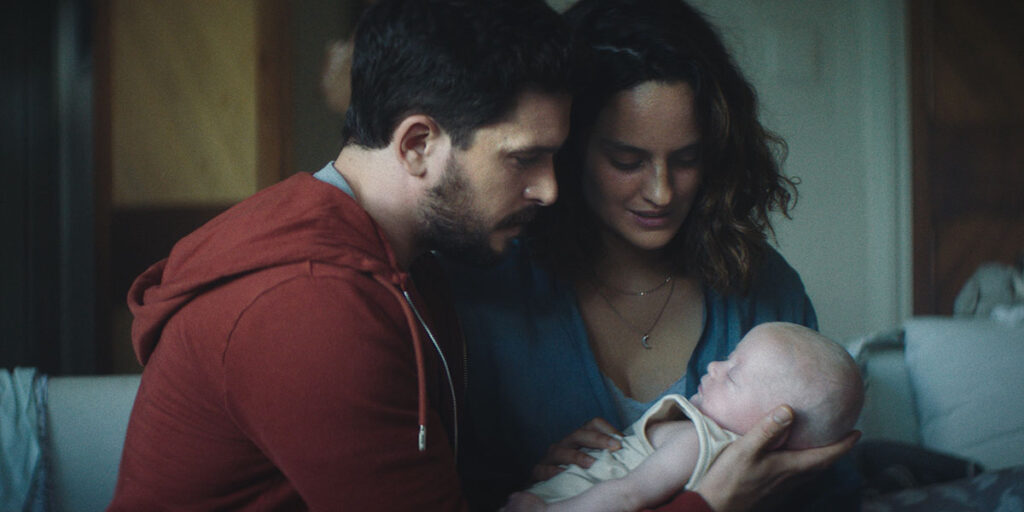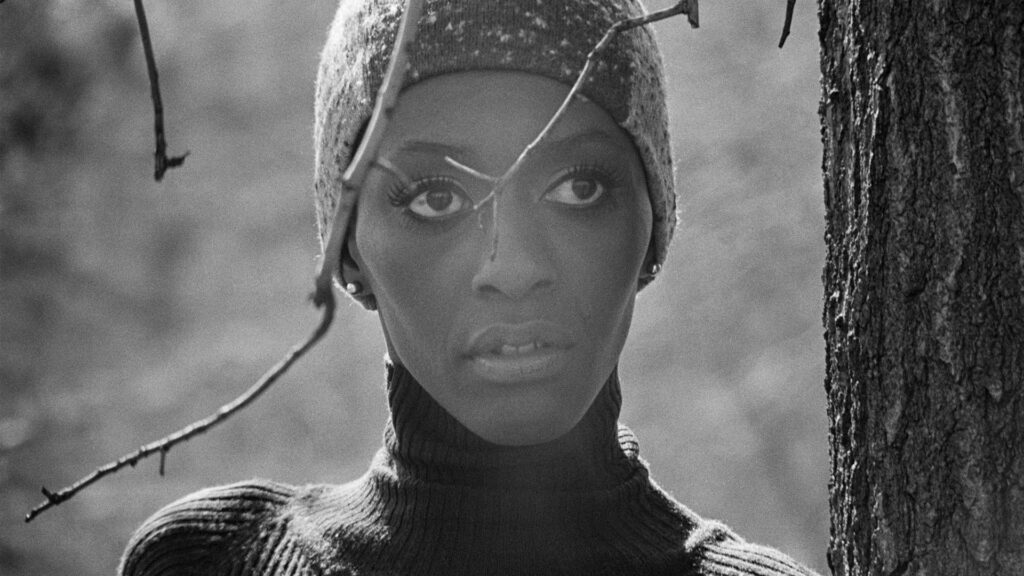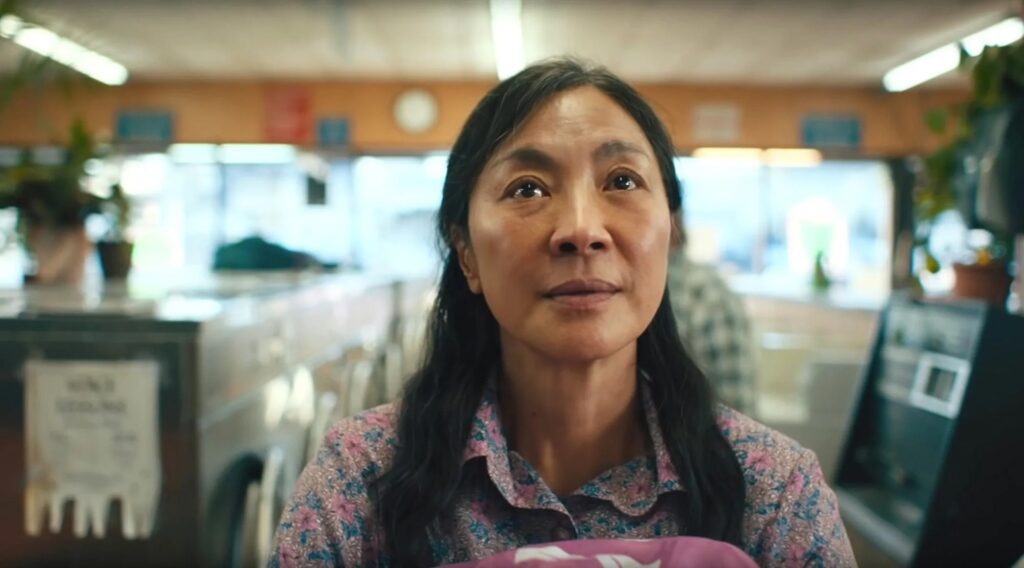 The Loving Story is a powerful and beautifully wrought film about two people – Richard and Mildred Loving – who just wanted to be married and live in their home state of Virginia. But this was not allowed because they lived in a time when it was illegal for people of different races to marry. The Lovings (and their story is all about love) fought for their civil rights and in turn opened the door for civil rights for everyone wishing to marry the person they love no matter what race or gender.
The Loving Story is a powerful and beautifully wrought film about two people – Richard and Mildred Loving – who just wanted to be married and live in their home state of Virginia. But this was not allowed because they lived in a time when it was illegal for people of different races to marry. The Lovings (and their story is all about love) fought for their civil rights and in turn opened the door for civil rights for everyone wishing to marry the person they love no matter what race or gender.
Nancy Buirski the founder and long time director of the Full Frame Documentary Film Festival stepped behind the camera for the first time on this film.
Women and Hollywood: You spent many years supporting documentary filmmakers in your role as the founder of Full Frame Documentary Film Festival. What was it about this story that made you decide to join the ranks as a director?
Nancy Buirski: I had been interested in directing for some time. As much as I felt blessed in my role at Full Frame, I missed the creative expression I found as a documentary photographer and creative writer. The former I’d done professionally and the latter was in the closet. Filmmaking was a synthesis of those creative pursuits and the taste I’d developed in my curatorial role at the festival. So I was more than ready for the right story to come along. The Lovings’ saga had all the right ingredients – drama, love, heroics, important values, contemporary relevance. I’ve always felt that quality documentaries were as much about good story as critical information and message. This had it all.
WaH: What did you learn from your work as watching so many films as a programmer that helped you in your work as a director?
NB: I learned that what makes an exciting film are not only story and the value of the message but freshness. After seeing hundreds upon hundreds of films in the course of ten years directing Full Frame, I was surprised by how few films really took risks and explored new forms and creative approaches. Perhaps filmmakers are spooked by how difficult it is to succeed in our industry, but as a result they rely so often on formula. Also, there are many first time filmmakers who, I believe, feel they must legitimize their value by making films that are recognizably “documentaries. “ They see what succeeds and follow that path instead of carving out a new one. To be sure, it’s hard to have faith in one’s creative expression the first time out of the gate, but falling back on a template, for me, deadens even the most beautiful story. It’s not just about being new or different for that sake, but digging deeply into the story and oneself to find the best, the only way to tell it. If one makes it personal, there will only be one way. And I truly believe that we should not be making films unless they are personal to us on some level. That’s a lot to ask, but one will be devoting at least 3-5 years to the film, so, in fact, it’s not a lot to ask at all.
My new film TANAQUIL LE CLERCQ: AFTERNOON OF A FAUN is vastly different from THE LOVING STORY in content and message, but I’m equally passionate about it. The only connector is me, my personal attachment to the subject and story. I’m not sure I can define why I found both so deeply compelling, that’s one of the great mysteries about this work. I love it!
WaH: I just think it is so poignant that their name is Loving because among the many larger scope issues that the film raised it also comes off as a great love story between Richard and Mildred. How did you get that to shine through among all the other elements?
NB: On some level that was easy because it was the essence of the story. Beyond the Civil Rights, racial and historical values, beyond the legal saga, beyond even their heroism, was their love. So there was no question that our goal was to establish that as an inspiration for everything that followed. Elisabeth James, my editor and other producer, and I were fortunate that Peggy Loving entrusted in us personal photographs given to the family by Grey Villet. It was those amazing images that visually portrayed Mildred and Richard’s love story. As vivid as our footage was, a camera, especially Grey’s, often captures more intimacy. By its very nature and size it is less intrusive. So once we knew our goal – to portray their love, first and foremost, we understood the important role the photographs would have. As a result, we treated them as narration, often in montage, and not just illustration.
WaH: You discovered archival footage which really humanizes the case and the couple. How did you come upon all this unseen documentation?
NB: In 2009, lawyers Phil Hirschkop and Bernard Cohen told me that Hope Ryden, a documentary filmmaker, had filmed the Lovings and them back in 1965. I’m sad to say that I had not heard of Hope, but I as soon as I learned that she’d worked with my dear friend DA Pennebaker on Crisis, it took 15 minutes to locate her living 10 blocks from me in Manhattan. She’d not dealt with the footage in 44 years, so I was relieved it was not in color and had turned to magenta, but, instead, in luminous 16 millimeter black and white. In classic cinema verite style, which is usually seen soon after it’s shot, it takes us back to a time and place and immerses us in the Jim Crow era of mid-sixties Virginia and Washington, DC. We could not have been more fortunate to work with Hope Ryden’s beautiful film footage.
WaH: What was the most surprising thing you discovered about the story while making the film?
NB: The story made me examine stereotypes closely. At first I felt we were upending stereotypes – as Richard appears like a “redneck” but is color-blind when it comes to love. But life is always more complicated than such assumptions. Actually Richard is a “redneck” – politically. He’s against government interference in his life; he doesn’t trust authority – the courts, lawyers, anyone telling him how to live. Ultimately, he does put his trust in his lawyers but does not attend the Supreme Court hearing. We were never sure why, but I believe he felt that it was a world very far from his own. The greatest lesson in this film and so many others is that people surprise you, and one should not make assumptions at all. Stereotypes mean nothing when it comes to love and what people hold dearly – what they will fight for!
WaH: What was the biggest challenge for you as a filmmaker in telling this story?
NB: I wanted to develop a narrative approach that would connect us to the Lovings as flesh and blood human beings. Though they were heroes, they were still people, not symbols. It was important that viewers understood on a very human level what Mildred and Richard were going through. Empathy is ultimately the greatest tool a filmmaker has – fiction or non-fiction. That was my approach from the day I first read Mildred’s obituary in The New York Times. I hope we achieved this – I believe that Hope’s footage and Grey’s images made a difference in how one connects to the Lovings. Elisabeth and I tried not to let extraneous details get in the way, and chose to eschew a voice-of-God narration, which in some cases creates distance from one’s subject.
WaH: While the Loving case made discrimination against interracial marriage illegal the case has so many repercussions to issues we are dealing with today especially same sex marriage. Did you get a sense while making the film that the people involved knew the stakes of their case?
NB: Well, we certainly did! When I weighed the pros and cons of moving forward on the project – knowing the many years looming ahead of me – Prop 8 was being debated in California. We were dealing with living history, not only because intolerance of mixed-race marriage is, sadly, still evident, but there existed this pernicious intolerance in another form – towards gays. Yes, there was not anyone associated with the film who was not aware of its timeliness and what it represented.
WaH: What do you want people to get out of your film?
NB: One of the best questions asked of us came from a teenage girl at one of our amazing student screenings. She asked “Why do we put boundaries on love?” I’m still not sure I have the answer, but I know it has something to do with fear. This is worth thinking about.
WaH: What advice would you offer other female directors?"
NB: Keep at it – there’s nothing that can get in your way if you believe in your story and yourself. But do pay attention to the marketplace and be realistic about your film, and its costs – in every respect – financially and human. It’s a cliché to say one must be passionate about making films, but, for better or worse, it’s true. One must be unrelenting to get this work done. It’s both exciting and lonely, and one must want it very badly.
The Loving Story will play from December 10-16 at Maysles Cinema in New York. Following the December 14 7:30pm screening, Buirski will be doing a Q&A.







